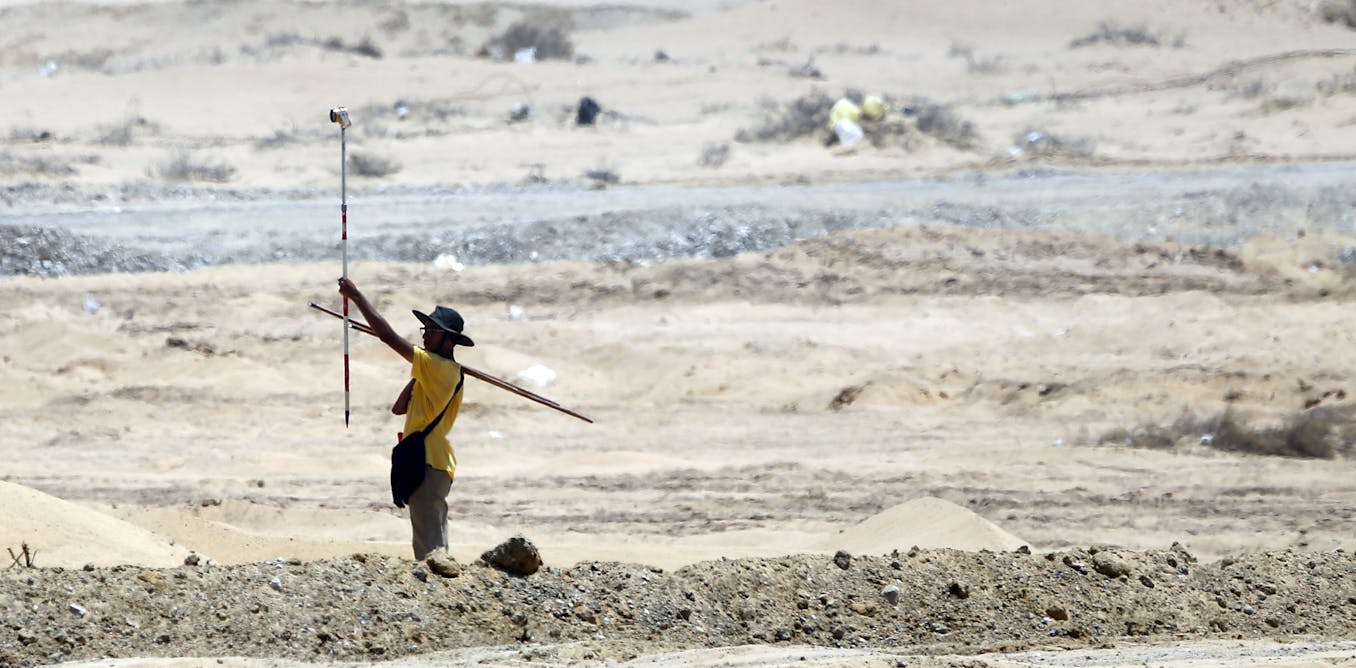
Engineering graduates can help africa to meet its sustainable development goals
- Select a language for the TTS:
- UK English Female
- UK English Male
- US English Female
- US English Male
- Australian Female
- Australian Male
- Language selected: (auto detect) - EN
Play all audios:

Engineers will play a vital role in meeting the challenges laid out by the newly adopted Sustainable Development Goals (SDGs). Their skills, and those of engineering technologists and built
environment professionals, are critical for water management (goal 6), access to energy (goal 7) and the creation of strong, lasting infrastructure (goal 9) and cities (goal 11). A number of
other SDGs are also directly or indirectly impacted by engineering and related fields. But there is a long road ahead for engineering in Africa. The continent needs at least a tenfold
increase in relevant skills. To do this, it must dramatically raise the number of people who make it from the first year of an engineering degree through to graduation. More than 500,000
people enrolled for degrees related to engineering and the built environment in South Africa between 1998 and 2010. Only about 15% graduated in that time. Engineering traditionally has a
high drop-out rate around the world. So, what can the higher education sector do to produce the engineers that Africa needs? ENGINEERING CHANGE The answer lies in prioritising sustainable
engineering education. Changing the way that engineering is taught will most likely improve throughput rates – the number of students who start and finish a degree. In 2011, the Engineering
Council of South Africa, a statutory professional body, produced a report that explored how to improve throughput rates. These recommendations do not appear to have been implemented yet.
Such changes would be important. Research tells us that Generation Y craves active learning and wants to use technology to improve society. The SDGs are a great opportunity to partner
students to people and the planet while also enabling a strong learning space for engineering and the built environment. Students can be taught how to apply the skills they are developing in
relation to the goals, which will tap into their creativity and may keep them from dropping out before graduation. In South Africa, the curricular framework for sustainable engineering
education at all tertiary levels of the National Qualification Framework could include society, environment and economics. These are all important elements for sustainable development. There
would be different approaches at all levels of study. Those at the equivalent of freshman level would concentrate on a more top-down approach to learning about systems. Senior
undergraduates and postgraduates would learn in a more practical fashion. The practicality could emerge from an existing approach: engineering projects in community service. It was created
in the 1990s by Purdue University in the US and has since been expanded by the Institute of Electrical and Electronics Engineers in more than 15 countries. It involves a partnership between
non-profit organisations, ordinary citizens, secondary schools and universities. For instance, a community may be struggling with poor water or air quality. The university would work with
such communities through a non-profit organisation partnership. Municipalities, particularly those in under-resourced areas, could also provide this support. This initiative realises, among
others, the sixth and 13th sustainable development goals using project-based learning. Such initiatives are also a clever way to get potential engineers involved by drawing school pupils
from the affected community into the project. This framework will require careful planning and administration by universities, especially when it comes to rearranging already tightly packed
timetables. But it is an important way to improve engineering learning and, ultimately, throughput. CHANGING EXPECTATIONS It is not only engineering students in Africa who crave a new
approach to learning. Some of the world’s most well regarded universities are recognising their students’ hunger for change and are moving towards interdisciplinary project based learning.
This approach is geographically contextualised and concentrates on fixing things at a local level while also fostering global competitiveness. It requires a whole new range of electives,
from ecotronics (“green electronics”) to biology, which challenges the expectations of a traditional engineering programme. It also adds to the much needed interdisciplinary creativity that
is needed to meet the SDGs. Modern technology, such as online learning systems, is crucial to project based learning. This is another element that makes it attractive to Generation Y. It is
clear that sustainable engineering education is required in the quest for the SDGs. Integrating society, economics and the environment into learning will help Generation Y’s graduate
engineers to solve tomorrow’s problems – today. ------------------------- _This article is based on a piece commissioned by WATT now and on Professor Saurabh Sinha’s 64th Bernard Price
Memorial Lecture, delivered in several South African cities during September 2015._
